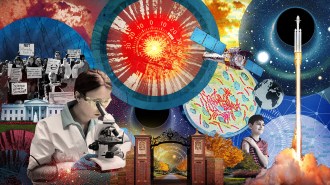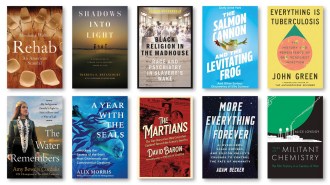Top 25 stories of 2013, from microbes to meteorites
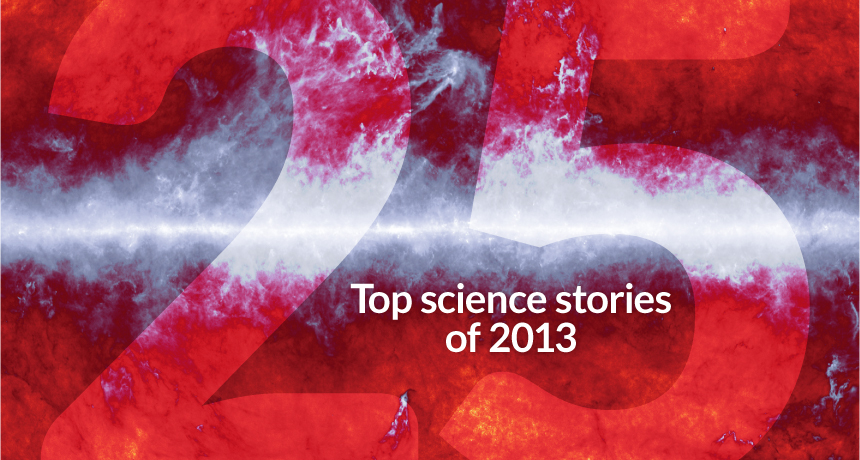
ESA and Planck Collaboration
Last year it was easy to choose a story to lead our annual Top 25 list. The discovery of the Higgs boson was a watershed moment, ending a decades-long quest by thousands of physicists to fully describe the subatomic realm.
This year, nothing so momentous came to pass. But science isn’t just about dramatic announcements and tremendous technical feats. Anyone who reads Science News regularly appreciates that great new insights often arise from countless little bits and pieces of new knowledge. This year, careful readers may have noticed a steady accumulation of revelations about the bacterial communities that call the human body home. It has long been known that those microbes are essential to processes like extracting nutrients from food and fighting off their less benign brethren. But this year a growing body of research demonstrated that bacteria engage their hosts so vigorously that in some situations, scientists are left wondering which party is the tail and which is the dog.
Human evolution has also produced an impressive body of new knowledge, though some of it only deepens existing mysteries. For example, the oldest hominid DNA ever analyzed linked 400,000-year-old bones from Spain not to the Neandertals that later dominated the region, but to mysterious early hominids known from sites thousands of kilometers to the east. It will probably be a few more years before anyone can explain what is becoming an increasingly controversial era of human evolution.
This year also demonstrated that big findings can be big letdowns. After a spectacular landing on Mars in August 2012, the Curiosity rover looked for elevated atmospheric methane concentrations that would have been telltale evidence for the presence of microbial life. Anything over a few parts per billion would have given us a clear choice for 2013’s top story. But Curiosity detected an average methane concentration of only 0.18 ppb, a finding that landed it in 17th place.
Science News Top Stories of 2013














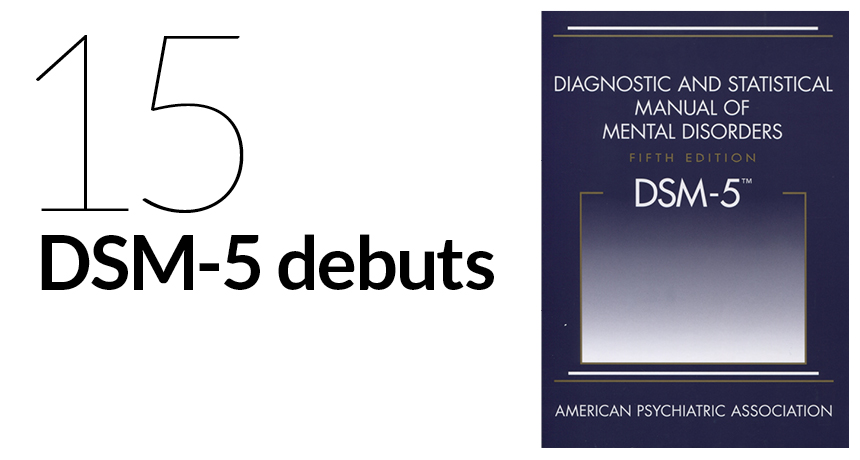






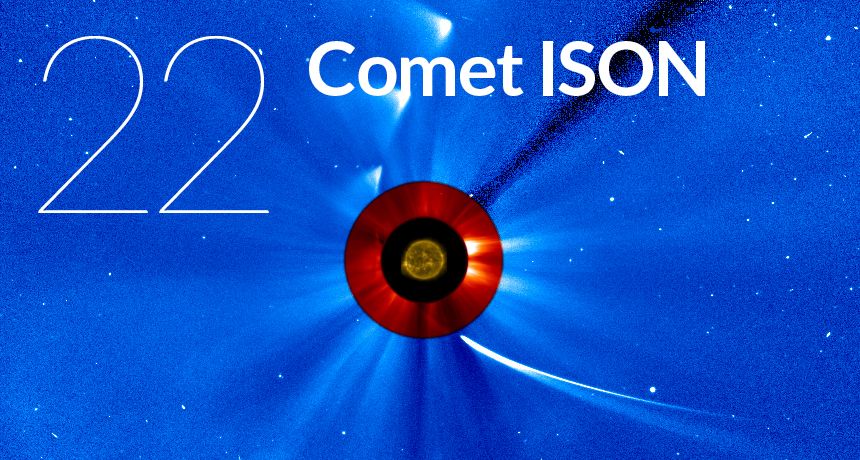



Your body is mostly microbes
Microbiome results argue for new view of animals as superorganismsBioengineers make headway on human body parts
New techniques produce mimics of brain, liver, heart, kidney, retinaPlanck refines cosmic history
Satellite hints at slower expansion rate for universeNew discoveries reshape debate over human ancestry
Relationships among early hominids disputedA double dose of virus scares
MERS, H7N9 join list of potential pandemicsSleep clears the cluttered brain
Gunk between cells is cleansed during slumberHigh court rules against gene patents
Justices open way for choices in DNA testingLanguage learning starts before birth
Babies seem familiar with vowels, words heard while in wombCaffeine triggers cloning advance
Human embryonic stem cells copied successfullyCarbon dioxide levels pass milestone
Panel affirms humans’ role in warming-
Putting kids at risk
Parents lax on vaccinations
-
Voyager 1 reaches interstellar space
Planetary probe is first to pass beyond heliosphere Death of a planet hunter
Kepler ends successful missionBelow absolute zero, but hot
Lab trickery achieves negative temperatureDSM-5’s controversial debut
Diagnostic manual updates disorder criteriaObama unveils brain initiative
Project to seek secrets of thinking, learningMethane shortage on Mars
Trace of gas not enough to be sign of lifeCanine genealogy
Competing clues confuse story of dog domesticationDark energy gets more confusing
New data raise prospect of ‘Big Rip’ destroying cosmosSlain king’s bones dug up
Richard III’s skeleton reveals fatal woundsProgress made toward twin prime proof
Surprising advance sparks flurry of work on mathematical conjectureVisitor from the Oort cloud
Comet ISON meets demise in solar flybyOdd cicada history emerges
Brood II returns better understoodGift of steroids keeps on giving
Mouse muscles stay juiced long after doping endsMeteorite makes an impact
Space rock fires a warning shot






